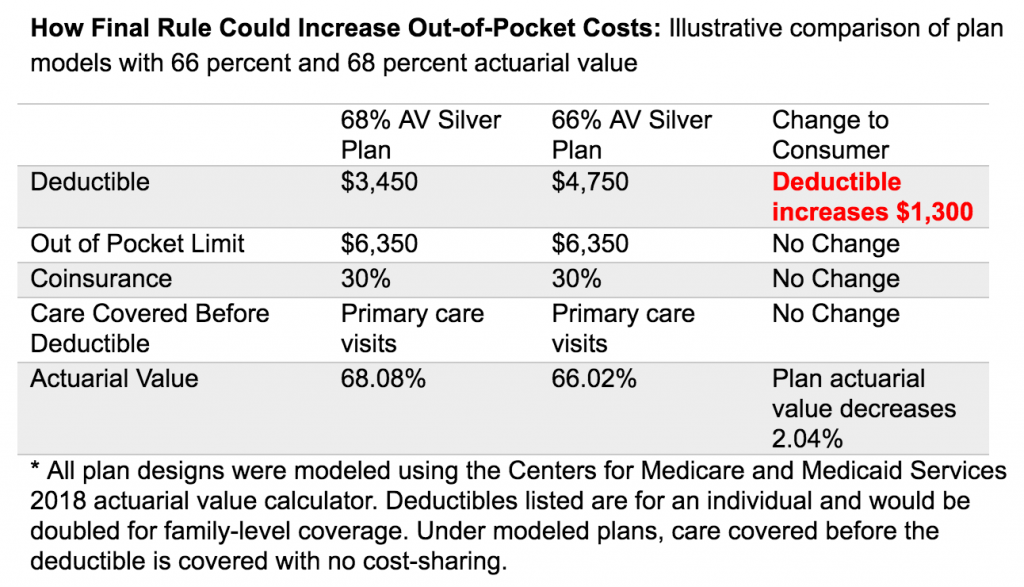Rising Premiums Cause Shift Towards Catastrophic Health Plans
In light of anticipated increases in healthcare premiums for millions of individuals enrolled in the Affordable Care Act (ACA), officials from the Trump administration are advocating for a shift towards less comprehensive health insurance options, specifically “catastrophic” plans. These plans are being promoted in hopes of minimizing potential political backlash as Congress faces pressure to extend enhanced tax credits that significantly help consumers afford their premiums.
Announced earlier this month, the Centers for Medicare & Medicaid Services (CMS) revealed plans to broaden eligibility for catastrophic plans within ACA online marketplaces. These plans offer lower monthly premiums but come with high annual deductibles, amounting to over $10,000 for individuals before coverage kicks in.
Concerns Over Tax Credit Expiration
A significant concern arises from the expiration of enhanced COVID-19 tax credits at the year’s end, which may lead to an average premium increase of 75% for ACA enrollees, according to KFF, a health policy research organization. In response, a bipartisan coalition in the House has introduced a measure aimed at extending these tax credits for an additional year, which would cover voters leading up to the midterm congressional elections. Nonetheless, the future of this legislative effort remains uncertain, as many Republicans oppose it due to the projected $335 billion cost over the next decade if made permanent.
A Democratic Senate staffer, who wished to remain anonymous, noted the potential backlash that Republican lawmakers could face from constituents burdened by rising premiums. “They’ve spent the last 15 years against the ACA, so a lot will be steadfast, but others are worried about the effect of massively spiked premiums on their constituents,” the staffer remarked.
Understanding Catastrophic Plans
Catastrophic plans, typically available to individuals under 30 or those who qualify for a “hardship” exemption, feature lower monthly payments but higher deductibles. They allow three primary care visits per year without a deductible and cover preventive services at no cost, similar to other ACA policies. From 2026, individual deductibles are expected to reach $10,600, while family plans will see a cap of $21,200.
These plans will appear on the federal marketplace, healthcare.gov, for individuals who lose their tax credit eligibility and may also apply to consumers who still qualify for tax credits but may require additional paperwork to verify their eligibility.
Potential Drawbacks of Catastrophic Plans
Health insurance experts express concern that catastrophic plans might not be an appealing option for many consumers due to their considerable deductibles. Louise Norris, a health insurance analyst, remarked, “It’s a ton of money,” reflecting on the financial strain this option may impose. At present, only about 54,000 of the 24 million people enrolled in the ACA utilize catastrophic coverage.
| Plan Type | Average Deductible (2026) | Monthly Premiums | Eligible for Tax Credits? |
|---|---|---|---|
| Catastrophic | $10,600 (individual), $21,200 (family) | Lower than standard plans | No |
| Bronze | $7,186 (average) | Lowest among ACA plans | Yes |
Looking Ahead: Open Enrollment
With open enrollment commencing on November 1, it is essential for consumers to weigh all available options, including catastrophic, bronze, silver, and gold plans, each exhibiting distinct premium levels and deductibles. Although catastrophic plans are positioned as a more affordable alternative amidst rising premiums, experts remain skeptical about consumer interest.
As a backdrop to these changes, a recent court ruling has temporarily blocked some regulations set by the Trump administration, which aimed at introducing additional verification requirements during the enrollment process. This ruling could provide consumers with more straightforward access to coverage options as they navigate the upcoming enrollment period.

